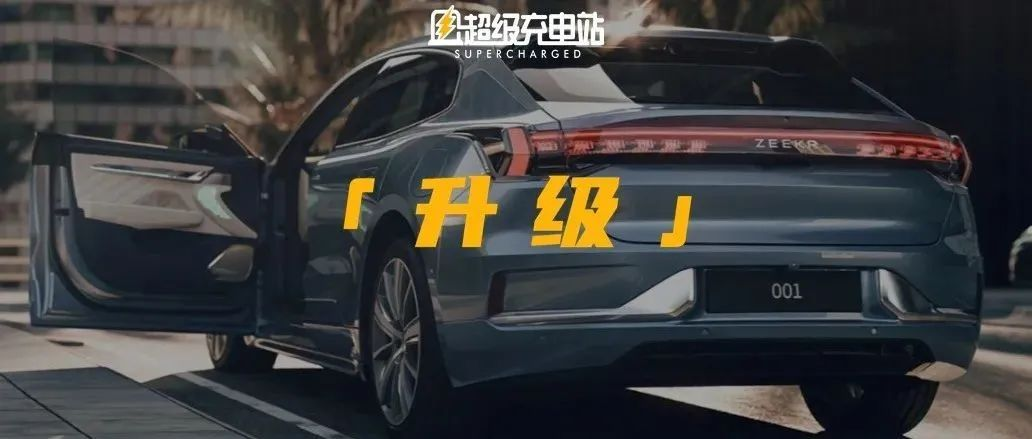Author: Fish and Chips
The life of the working class is always busy, busy, and busy. If I didn’t take a break from work and sorted out the promotional text messages on my phone, I might not even realize that the spring equinox has passed.
What does the spring equinox mean?
The spring equinox means that the sun has crossed the equator, and is now moving northward; it means that the weather will become warmer, and the daylight hours will become longer; and it also means that we have completed the first phase of 2022 and are moving towards the second phase.
Just like ZEEKR OS, after 5 months of delivery of the Extreme Edition 001, it has finally passed the 1.x era and ushered in the first major version update of 2.0.
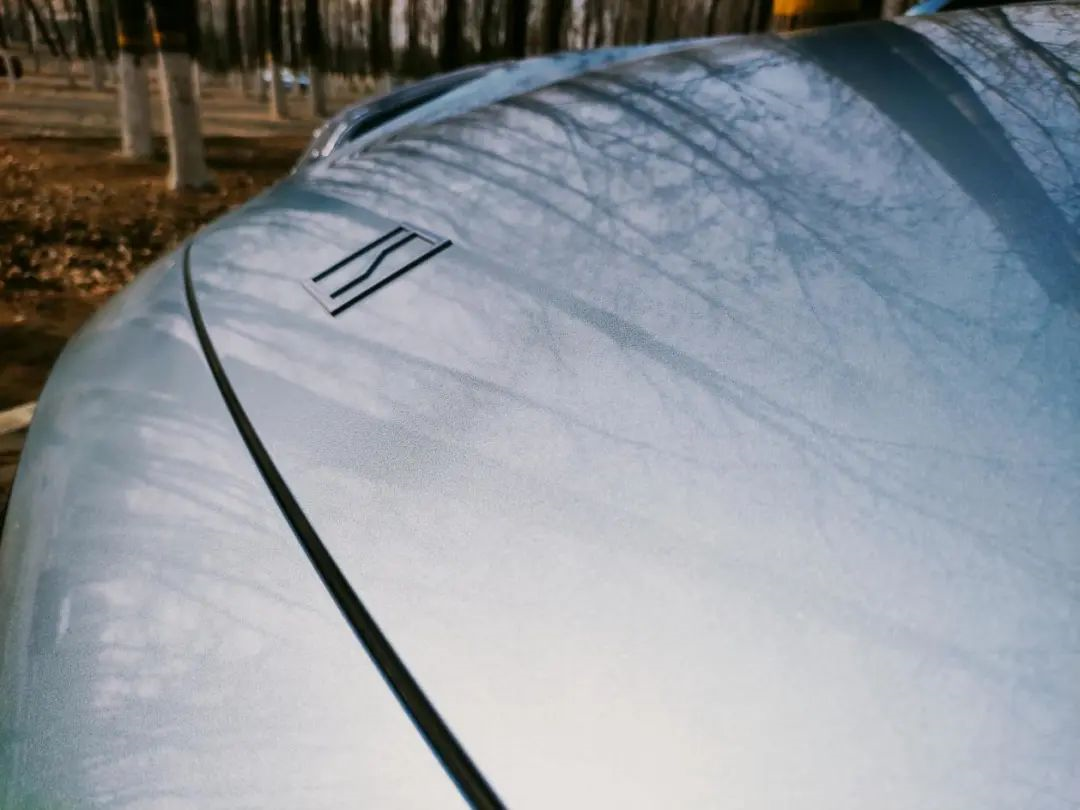
In my understanding, “1” represents the beginning, so “2” should represent maturity.
Is ZEEKR OS 2.0 mature?
The “New” Stuff in the Big Update
On March 23rd, Extreme Edition opened the full release of ZEEKR OS 2.0.
According to the official information released by Extreme Edition, this major update involves 33 ECU units, adds 5 functions, and optimizes 59 functions based on ZEEKR OS 1.1.1.
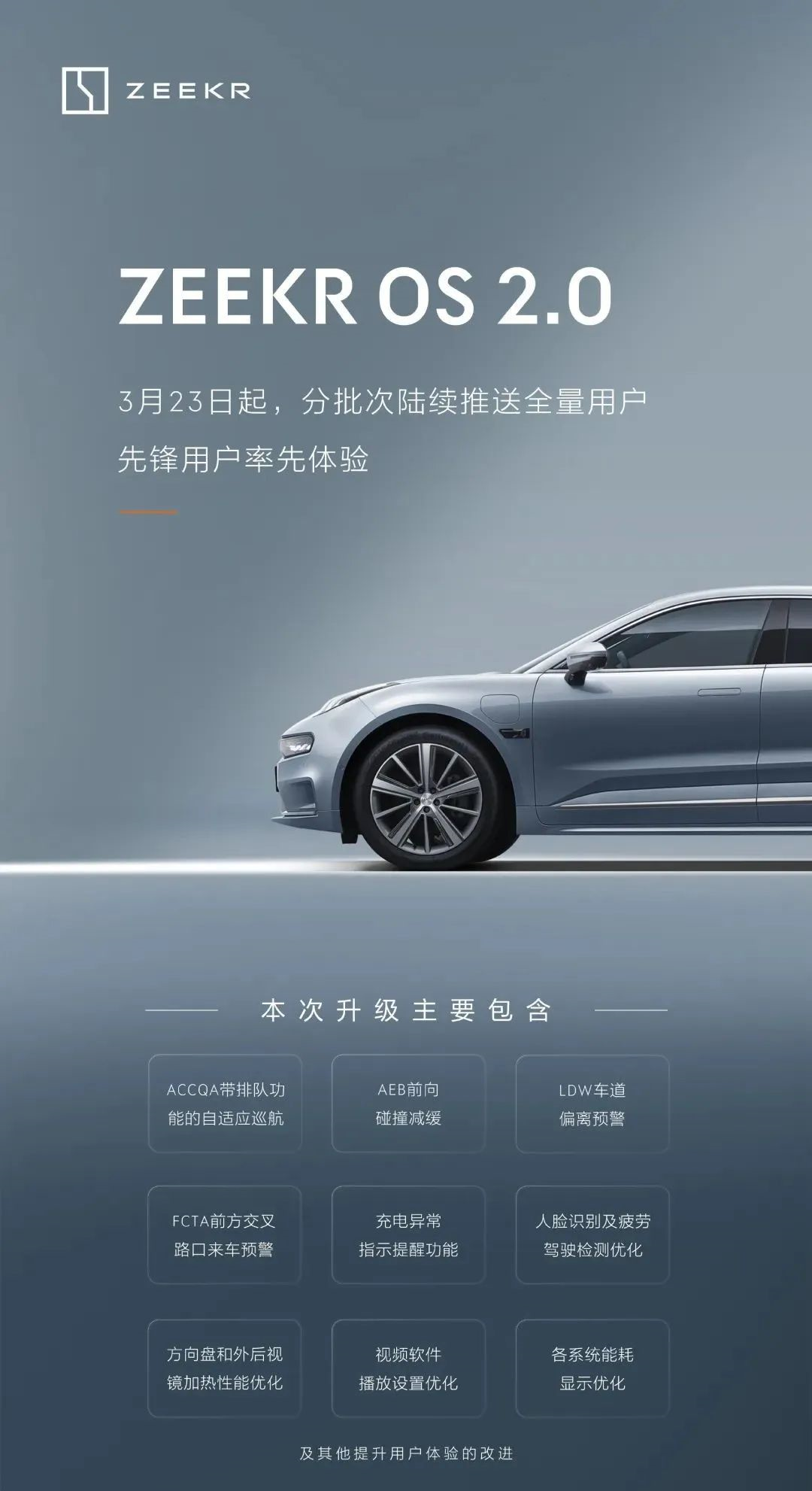
Extracting the key points of this update, the first batch of 4 functions of the ZAD Extreme Edition intelligent driving assistance system are: ACCQA adaptive cruise control with queue function, AEB forward collision mitigation, LDW lane departure warning, and FCTA forward intersection vehicle warning.
In fact, the ZEEKR OS 2.0 Beta version, which includes these 4 functions, was pushed to a small group of pioneer experience users a month ago. After more than a month of final testing, ZEEKR OS 2.0 is now officially open to all users.
To be honest, when I finished reading the updated content of ZEEKR OS 2.0, my feelings were really mixed.
On the positive side, Extreme Edition 001 finally pushed the expected ACC function to car owners; on the negative side, the Mobileye EyeQ5 carried by Extreme Edition 001 has far more potential in terms of intelligent driving.
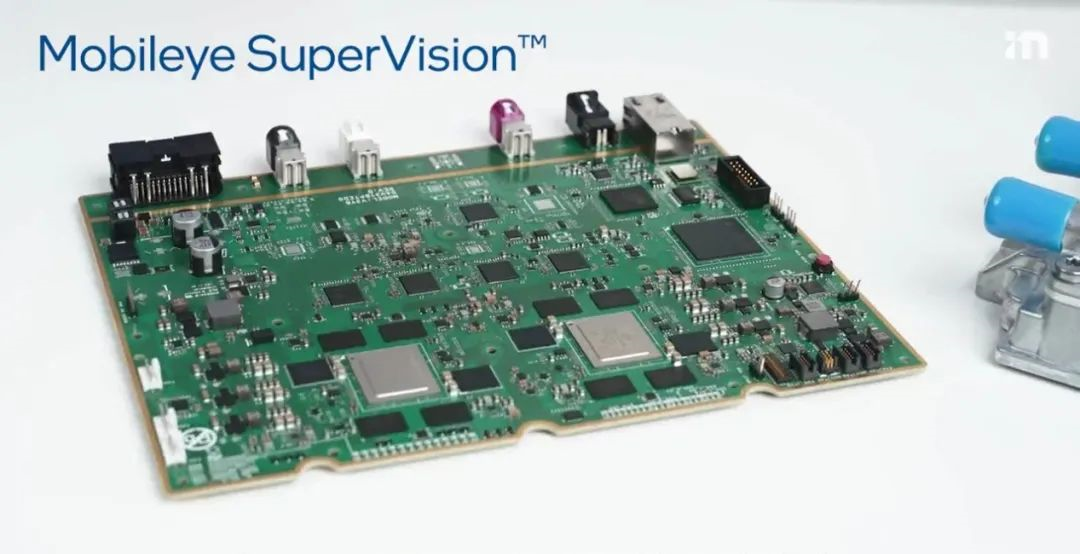 Don’t know if it’s due to the restrained genes of traditional automakers or for some other reason, as a new energy automaker, I feel that the pace of Zeekr’s development is a bit slow. But since Zeekr has the confidence to use these four features to launch version 2.0, it should be fully confident in these features. We need to have a real car experience to see the truth.
Don’t know if it’s due to the restrained genes of traditional automakers or for some other reason, as a new energy automaker, I feel that the pace of Zeekr’s development is a bit slow. But since Zeekr has the confidence to use these four features to launch version 2.0, it should be fully confident in these features. We need to have a real car experience to see the truth.
Real Car Experience
The route for this test drive started from the Hilton Hotel in Beijing, passing through the Third Ring Road, Airport Expressway, and finally arrived at Shunyi Binhe Forest Park. The main routes were highways and urban expressways, with urban roads as the auxiliary, and the one-way distance was about 40 kilometers.
A relatively long highway section provided ample testing time and space for the ACCQA adaptive cruise control and LDW lane departure warning function.
Overall, these two functions perform quite well on the highway.
The instrument panel in front of the driver displays the lane and surrounding vehicle conditions. In the event that the turn signal is not activated, when controlling the vehicle to press against one side of the lane, LDW will mark the lane red on the instrument panel and warn of a lane departure.
ACCQA can stably maintain the distance between itself and the leading car. Even when following the preceding car into the manual toll window at the toll station, stopping, starting, stopping again, and starting again, under these relatively short starts and stops, ACCQA can still maintain a relatively fixed distance with the leading car.
And the most impressive aspect of ACCQA for me was actually on low-speed city roads.
At that time, I had activated the ACCQA function and was driving forward at a speed of 40km/h. About 150 meters ahead, a two-wheeled electric bike deviated from the non-motorized lane and was driving forward, pressing against the right lane line of my vehicle.
Two-wheeled electric bikes that just pressed against the right lane line. I think this is a relatively extreme recognition situation, so I prepared to brake at any time.The surprising thing is that ACCQA recognized the electric bicycle in front of us and automatically slowed down the vehicle at about 50 meters away. Although the deceleration process was slightly abrupt and not as smooth as when following a car, it at least recognized and correctly avoided the risk, which deserves recognition.
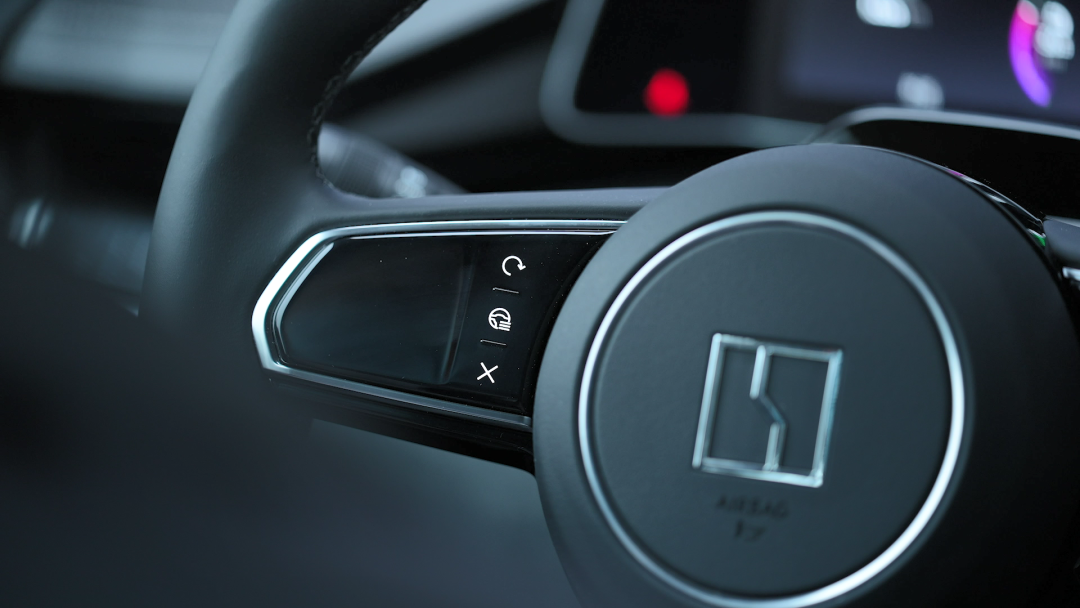
There is another surprising point, which is the energy consumption performance of the Zeekr 001.
Three months ago, we received an ultra-long endurance single motor WE version Zeekr 001 for the PPS3 stage test vehicle and conducted winter endurance tests on it. Interested friends can click on the video below to review our previous program. In the winter environment of Beijing, the Zeekr 001 achieved 22kWh/100km at that time.
Now, with the temperature above zero and the vehicle in mass production, the Zeekr 001’s energy consumption has dropped to 17kWh/100km on similar routes.
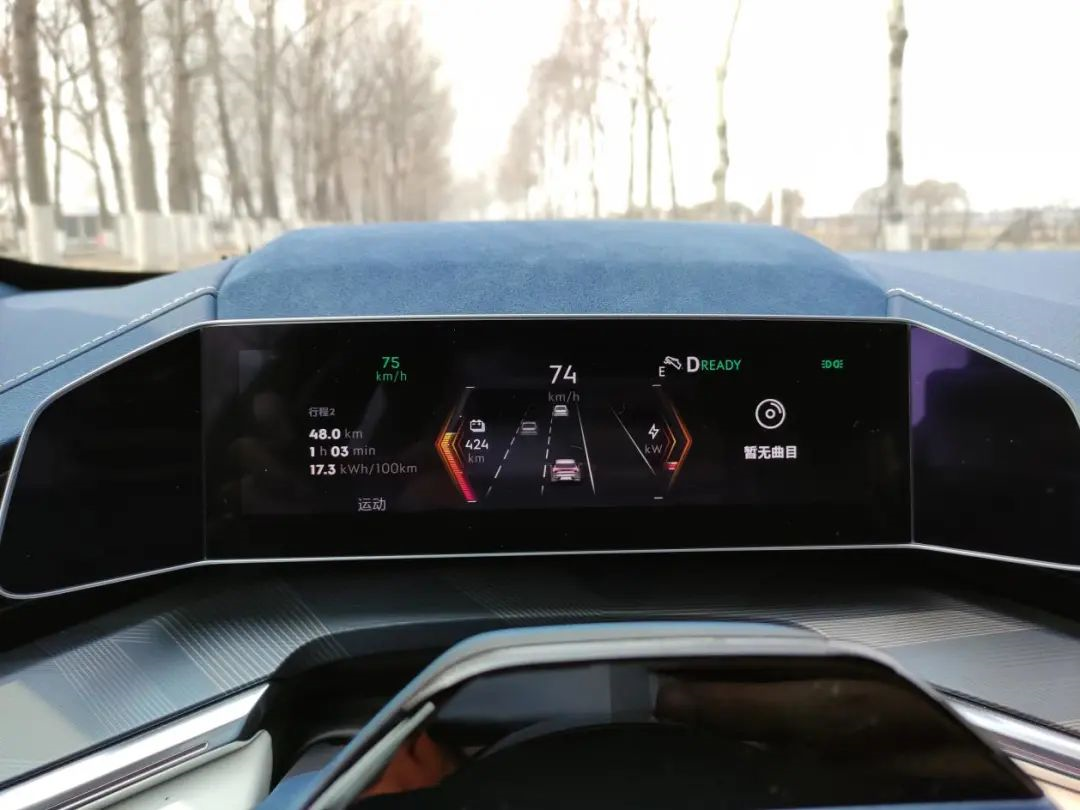
As for the AEB forward collision mitigation and FCTA front cross-road traffic warning, unfortunately, due to the fact that we conducted test drives on public roads, I couldn’t experience them for safety reasons.
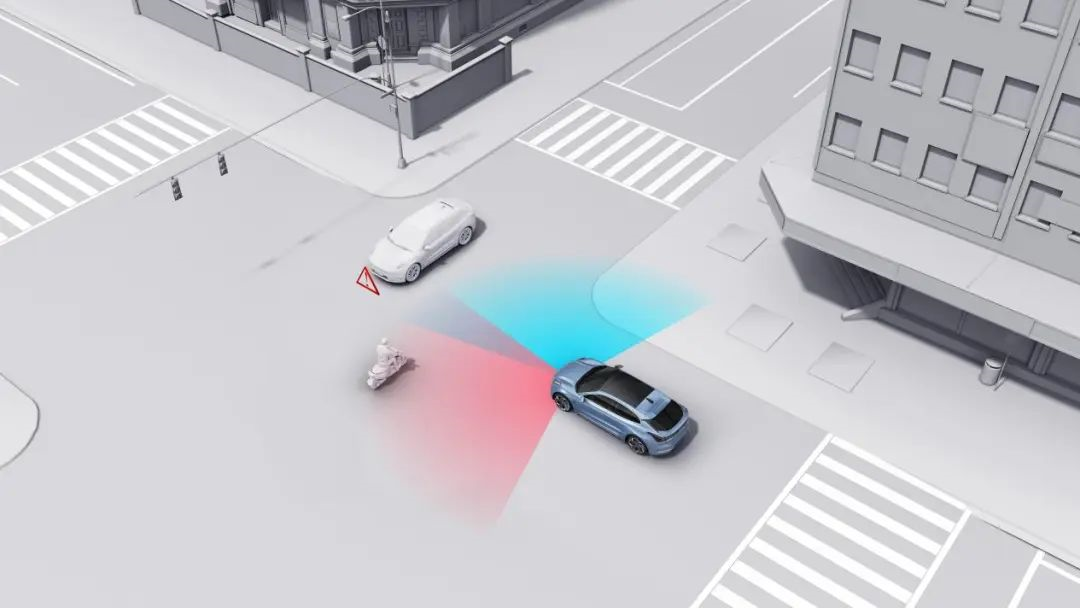
However, having experienced the situation of recognizing electric bicycles before, I am still optimistic about these two functions. The difficulty of these two functions lies in detection and recognition, and braking has become the best-executed part.
Unfortunately, there is also the issue of single pedal logic.Because I drive an electric vehicle (EV) frequently, I always assume that regenerative braking is set to “high” as soon as I get in the driver’s seat, hoping to drive the car with a one-pedal logic. At low speeds, the one-pedal logic of the Xpeng P7 is similar to Tesla’s. However, there is a difference when it comes to high-speed driving.
At higher speeds, releasing the accelerator pedal does not immediately activate regenerative braking. Instead, the car maintains a coasting state until the brake is lightly touched, at which point regenerative braking kicks in to the fullest.
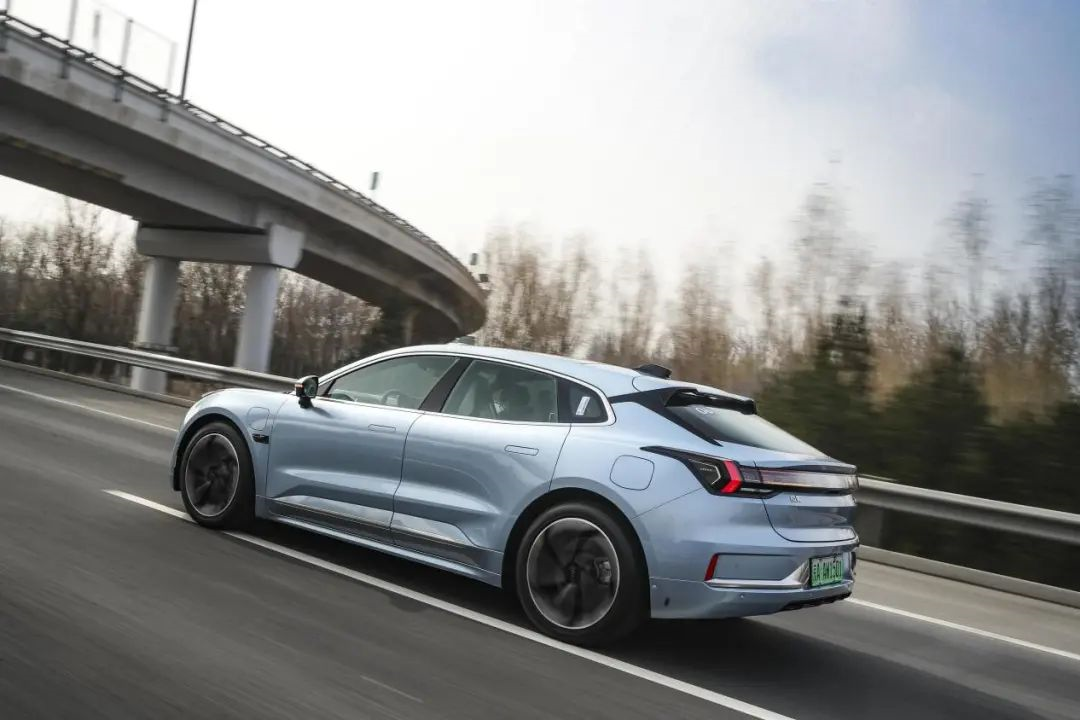
My understanding is that Xpeng hopes to reduce energy consumption in this way. However, I personally find this driving experience uncomfortable, or perhaps I haven’t found the right way to activate it yet due to my limited experience with it.
Beyond the Driving Experience
Since its launch, the Xpeng P7 has been subject to a mixed reception from the public.
On one hand, it offers outstanding value in terms of driving experience, chassis quality, interior space, luxury atmosphere, battery capacity, and other aspects. On the other hand, in terms of intelligent driving and infotainment experience, which are often more favorable for pure EV startups, Xpeng has also faced unprecedented criticism.
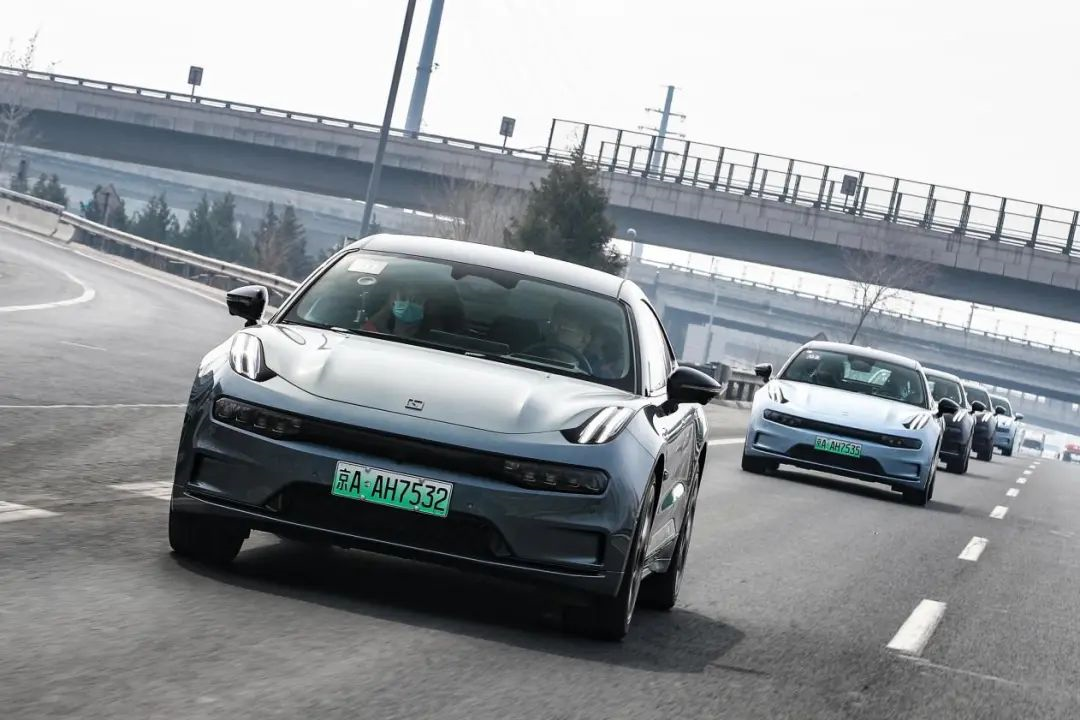
I believe Xpeng is extremely concerned about this situation internally.
This can be felt from the frequent updates, such as the release of ZEEKR OS 1.1.1 on February 12th and the release of ZEEKR OS 2.0 on March 23rd, which show that Xpeng is indeed listening to its users and striving to make changes.
During the “Xpeng Live Face to Face” event held this afternoon, Xpeng released the slogan “Facing User Issues”. In response to user concerns such as OTA upgrades, production capacity, and energy replenishment systems, Xpeng has answered each question one by one. Especially for users who are concerned about whether Xpeng’s in-car chip can still be upgraded to the Qualcomm Snapdragon 8155, Xpeng’s answer is “definitely this year”.
It is worth mentioning that Xpeng does hope to improve its intelligent driving experience using a “fast and steady” approach.
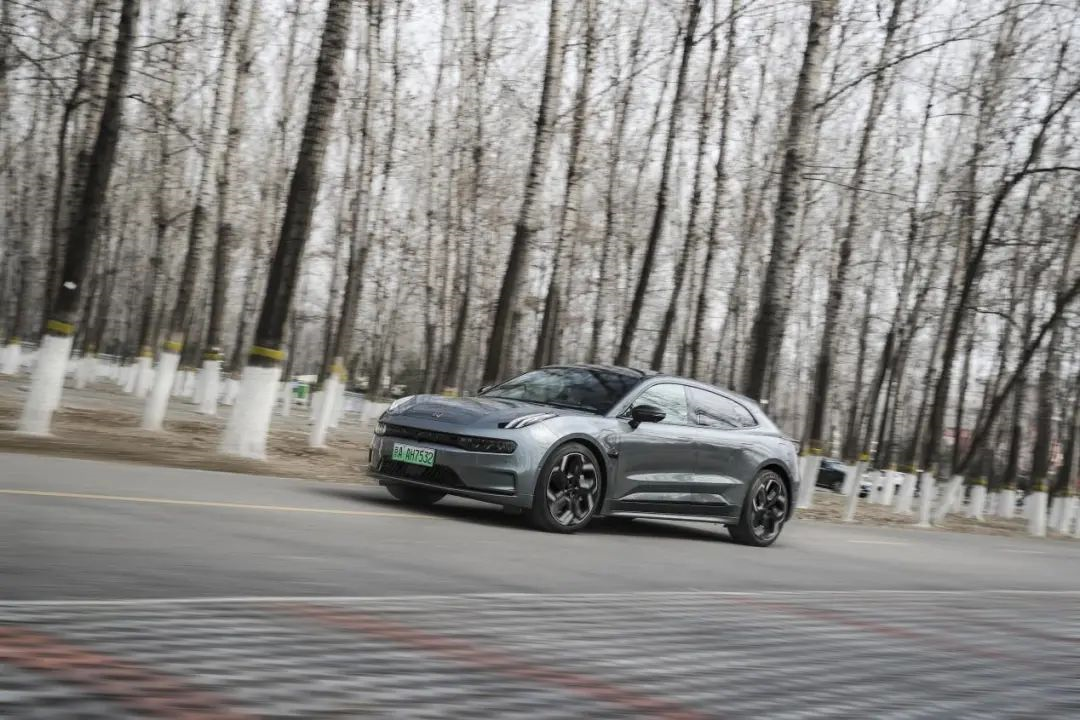
According to Xpeng’s OTA plan, this year, Xpeng will carry out five major updates, gradually realizing functions such as active cruise control, lane keeping, autonomous navigation, and parking assistance.
I have great expectations for these features. Besides the ACCQA function, which left a very deep and positive impression on me, there is another important reason.As a media outlet that truly dares to buy and buy cars, my boss @常岩 CY professor Chang has once ordered an extremely cool 001 from 极氪, but later he decided to cancel the order due to various reasons.
I am looking forward to the dramatic scene in which Professor Chang will inevitably buy the 001 again after experiencing the full version of this car in the second half of this year, because it is just too good to drive.
This article is a translation by ChatGPT of a Chinese report from 42HOW. If you have any questions about it, please email bd@42how.com.
